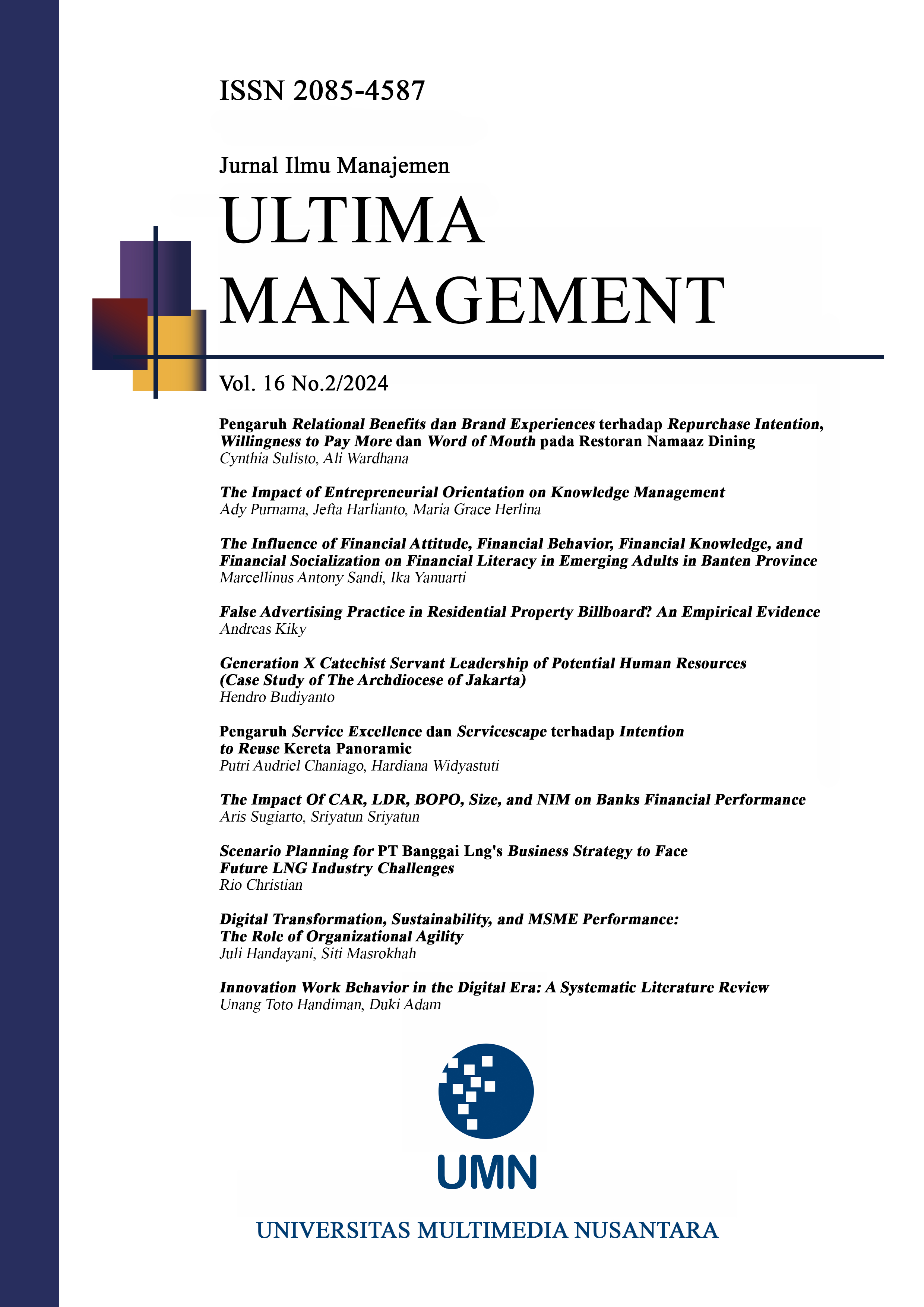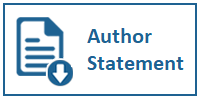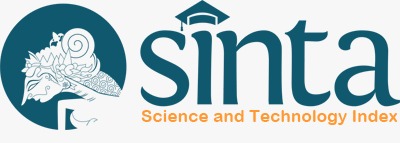INNOVATION WORK BEHAVIOR IN THE DIGITAL ERA: A SYSTEMATIC LITERATURE REVIEW
DOI:
https://doi.org/10.31937/manajemen.v16i2.3938Abstract
Abstract- The digital era has transformed organizational dynamics, necessitating innovative work behavior (IWB) as a key driver of competitive advantage. This study systematically reviews the role of technology and organizational culture in shaping IWB, focusing on their interplay and implications for organizations. The objective is to understand how technological advancements influence IWB and how aspects of organizational culture can enhance or inhibit this behavior in the digital era. Despite the growing emphasis on IWB, there is limited understanding of how technology and organizational culture jointly influence it, creating gaps in both theory and practice. This paper integrates insights from diverse studies to highlight the synergy between technology and organizational culture, proposing that their interplay is pivotal for fostering IWB. A systematic review approach was employed, synthesizing findings from peer-reviewed articles, reports, and case studies to identify trends, relationships, and critical gaps. The findings reveal that technology facilitates IWB by enabling collaboration, real time decision-making, and innovative problem-solving. However, its potential is moderated by organizational culture factors such as leadership support, openness to change, and psychological safety significantly enhance or constrain IWB. The study identifies the need for a balanced approach that aligns technological capabilities with cultural readiness. This review underscores the interdependence of technology and organizational culture in fostering IWB and highlights critical gaps and future research opportunities. Addressing these gaps can guide organizations in effectively leveraging technology and culture to sustain innovation in the digital era.
Keywords: Innovation Work Behavior; Digital Era; Organizational Culture; Systematic Literature Review
Downloads
Downloads
Published
How to Cite
Issue
Section
License
Authors retain copyright and grant the journal right of first publication with the work simultaneously licensed under a Creative Commons Attribution-ShareAlike International License (CC-BY-SA 4.0) that allows others to share the work with an acknowledgement of the work's authorship and initial publication in this journal.
Authors are able to enter into separate, additional contractual arrangements for the non-exclusive distribution of the journal's published version of the work (e.g., post it to an institutional repository or publish it in a book), with an acknowledgement of its initial publication in this journal.















